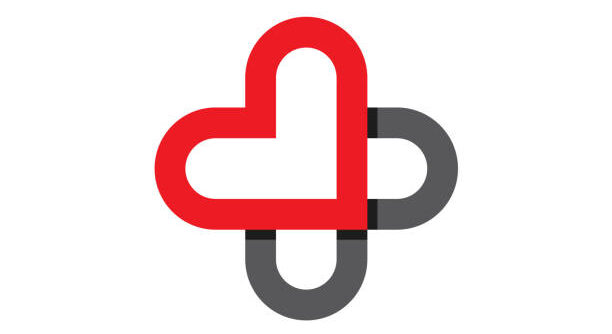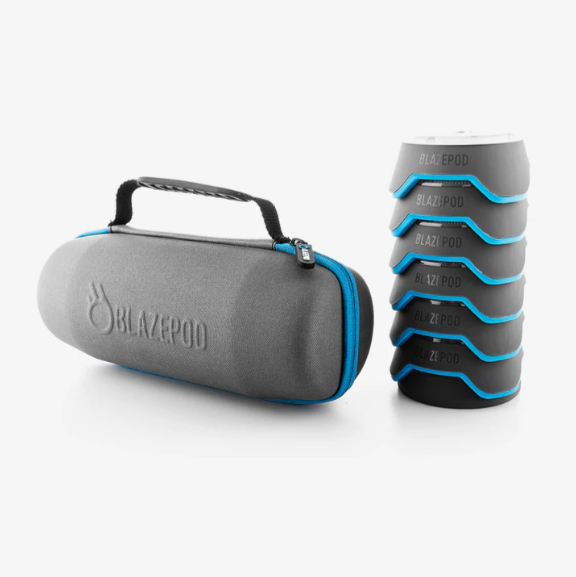
Medtronic’s decision to spin out its diabetes division into a separate entity marks a major shift — one that allows the medical device giant to shed a lower-margin, consumer-facing business, while also giving the diabetes business an opportunity to refine its focus in a competitive market.
Last week, Medtronic announced the intent to separate its diabetes business into a new standalone company. The new company, which remains unnamed, is expected to launch within 18 months.
The diabetes business currently employs more than 8,000 workers worldwide. During fiscal year 2025, the division represented 8% of Medtronic revenue and 4% of Medtronic segment operating profit.
The separation makes sense because the diabetes technology space has lower margins than Medtronic’s other divisions, such as cardiac devices or surgical robotics, noted Mike Kratky, an analyst at Leerink Partners, in a research note. Whether or not the new company will be able to differentiate its product portfolio from competitors in the diabetes tech space remains to be seen.
Medtronic aims to take this new diabetes company public via an IPO. The new firm will be led by Que Dallara, Medtronic’s current diabetes president.
The diabetes division at Medtronic is unique because it’s a direct-to-consumer business while the rest of Medtronic is B2B, selling to hospitals and clinics, Dallara pointed out.
This means that the diabetes team has selling motions that differ quite a bit from the broader company. It also means that the diabetes business doesn’t benefit as much from sharing manufacturing and technology structures with Medtronic’s other divisions.
“We manufacture at high volume whereas Medtronic tends to have a high mix in its portfolio. With this intended separation, the new company can sharpen our focus and investment decisions. For the new company, we will be able to accelerate strategic investments in areas that will most benefit people living with diabetes, from breakthrough innovations and a five-star customer experience, to scaling automated manufacturing, to meeting growing demand for our technologies and positioning the new company for success in automated insulin delivery and smart insulin dosing,” Dallara explained.
In her view, the separation will enable more agile decision-making, as well as sharpen the business’ focus on execution.
This move will also help the diabetes business prioritize areas where it has a competitive edge and can best grow — such as pulsed field ablation, renal denervation, implantable tibial neuromodulation and soft tissue robotics, Dallara added. This will allow the company to have a cleaner, more focused set of products that are easier to manage and scale, she said.
With Medtronic’s new insulin sensor receiving FDA approval last month and its Abbott-based sensor now submitted for clearance, the diabetes business plans to bring two new continuous glucose monitor (CGM) options to market this year, Dallara stated.
She also said her business will submit MiniMed Flex, a next-generation insulin pump, for FDA clearance by the end of Medtronic’s fiscal year — which will then be followed by MiniMed Fit, a patch insulin delivery system.
“The pipeline will be focused on advancing automation to further reduce burden, improving outcomes while simplifying and enhancing the customer experience. We’re the only diabetes company commercializing a complete ecosystem to address intensive insulin management, which will allow people to seamlessly transition between therapies based on where they are in their diabetes journey. This means not having to leave the support team and company they’re familiar with,” Dallara explained.
The new company’s mission is to make life easier for people with diabetes while achieving better health outcomes, she noted. To her, the new firm’s top priority is to build upon existing consumer trust and ensure a seamless transition with no disruption to the therapy and support Medtronic provides.
Photo: gustavofrazao, Getty Images






